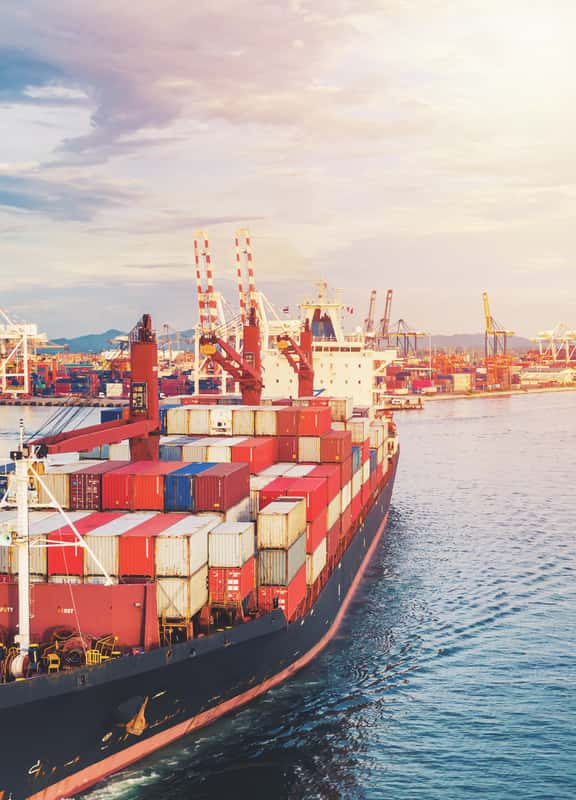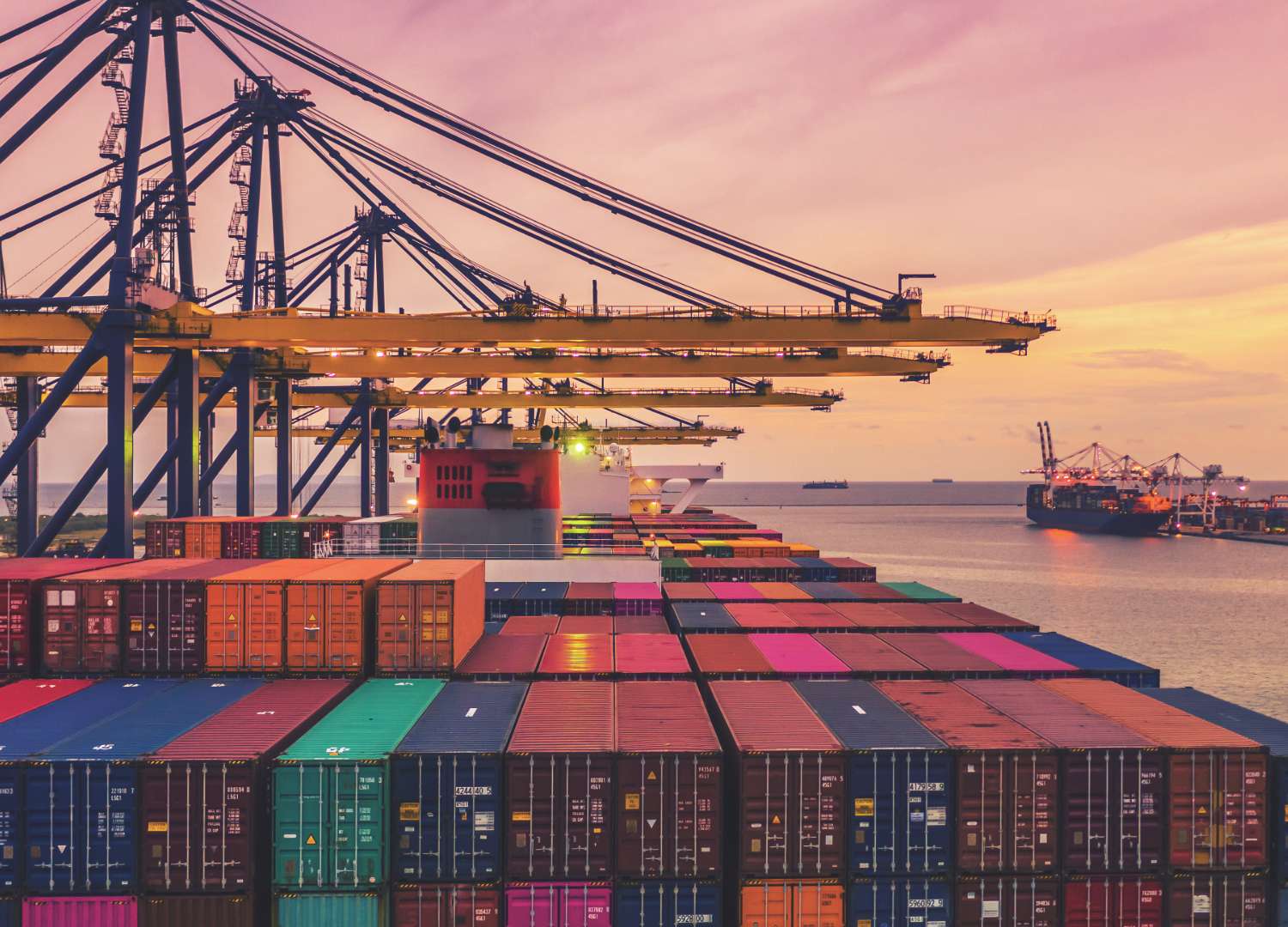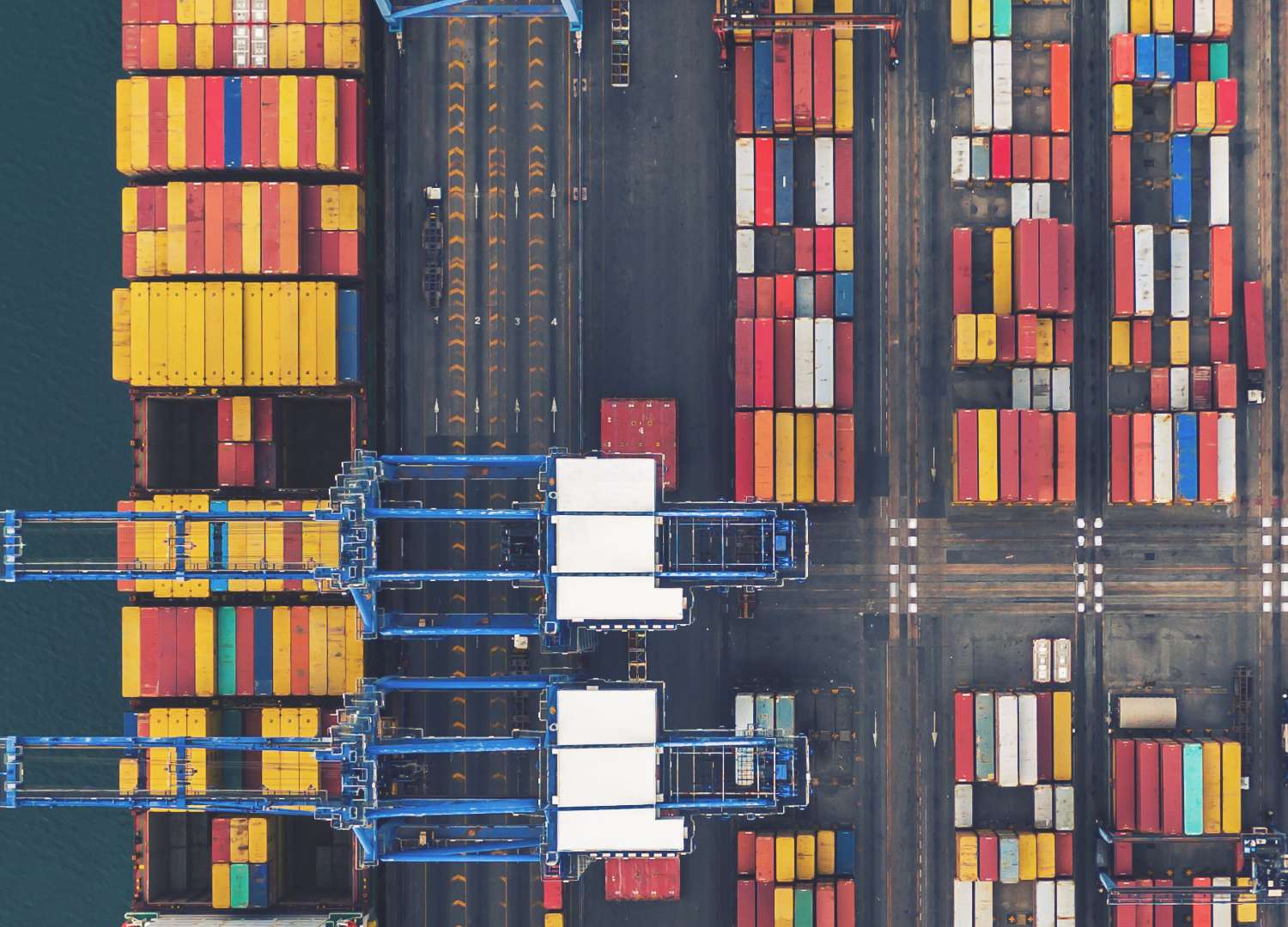
The ports in LA and Long Beach are the largest in the country. Virtually every home in the United States contains items that came through California. Most of these items arrive from Asia, typically in 40 foot containers. These containers are swiftly unloaded, hauled away by trucks and rail cars to shops, warehouses, factories, and wherever else they are needed.
At least that’s how it was up until the latter half of 2020. This week (November 8, 2021), 70 container ships are anchored off the coast of southern California - on them 200,000+ containers that aren’t reaching their destination.
In perspective: If laid out, the containers on these ships would stretch from California to Chicago - roughly 1,864 miles.
Truck drivers across the country may feel unfairly targeted as news coverage and other outlets name the driver shortage as one of the main culprits for this massive congestion and stuck freight. Our last post about the California backlog stirred up controversy and provoked many responses, over 1,000 comments and counting.
Many drivers feel blamed for the supply chain inefficiencies currently affecting the country. They feel as though the driver shortage is being talked about, whereas the other issues contributing to the backlog are being brushed aside. Drivers are right, it’s not just about a truck driver shortage, but something far more complicated than that.

Long waiting times are not just a California issue
Waiting time for ships at the docks is about 10 days, and even once they are unloaded the shipping containers will sit at the port for a week or more before anyone gets around to handling them.
The wait times have grown all around the country, not just in California. However, the LA and Long Beach ports have attracted the most attention due to their size and importance to the US economy.
The California port is far from the only port affected by long waiting times. The president of China’s port association reported that the turnover time at many major international ports has slowed down to 7 - 8 days.
Ports are open 24/7 on paper, but...
Despite Biden’s call to have ports open 24/7, California’s ports are reportedly still shut down between 3 am and 8 am.
Why? It comes down to a shortage of workers needed to move the freight. This is where truck drivers come in. Unionized port work is well paid and actually up at both California ports. The problem is a lack of warehouse workers and truck drivers further down the supply chain.
Apparently, there are not enough trucks calling on the port in the night time hours to make it worthwhile for the privately owned and operated terminals to stay open 24/7.
 Container prices up
over 500%
Container prices up
over 500%
The container price on the China - US East route has climbed 500% to a cost of $20,804 per container. The unavailability of containers has caused prices to spike dramatically across the world, with containers reaching prices that haven’t been seen in over 30 years.
One of the reasons for this sudden price hike is the slowed container processing time. Due to the long waiting times and inefficiencies at global ports, particularly California’s, containers are not being sent back, contributing to the decreased supply of viable shipping containers.
Still, the price hike cannot be blamed on port inefficiency alone. Experts say that the COVID outbreak and harsh weather conditions on China’s southern coast play an even bigger role in this unprecedented price hike.
A cash injection to upgrade infrastructure may prevent future issues
The transportation department is teaming up with the state of California to funnel billions to strengthen the overwhelmed ports and infrastructure in hopes of preventing future bottlenecks.
The amount of money on offer is to be determined, but could surpass $5 billion. It is likely that any projects carried out will take years to fund and complete.
The money is to be spent on port upgrades and overall modernization of supply chain infrastructure domestically. David S. Kim, the secretary of the California State Transportation Agency stated that this was the first time California had received a loan from the deferral government for an infrastructure initiative of such a scale.
The truck and bus ban has little to do with the crisis
Fact check - the California truck and bus ban has nothing to do with the recent backlog and port congestion - the law has been largely misrepresented in social media. Here’s an excerpt from the Snopes article outlining why the laws are not causing the acute California port slowdown:
”The Truck and Bus Regulation requires trucks serving the ports to have engines from 2010 or newer as of Jan. 1, 2023. If they don’t, the Department of Motor Vehicles (DMV) would deny registrations to non-compliant vehicles. But the rule, which was adopted in 2008, has taken effect gradually over several years. It’s not new, whereas the situation at the L.A. and Long Beach ports in the fall of 2021 is acute.
In an email, Stanley Young, spokesperson for the California Air Resource Board, told Snopes, “As of 2021 only trucks with engines older than 2005 would have their registration denied.” Young added that 96 percent of the trucks currently serving the major ports in California are already compliant with the regulation.
“Despite what you may have heard or read, there is simply no evidence to support any claims that the current congestion at our ports has any connection to the state’s efforts to clean up California’s trucks,” Young stated. “Since trucks at major California ports have been required to have 2007 or newer engines since 2014, and since these engines are legal until at least 2023, it’s impossible that any shortage of vehicles at ports is the result of CARB regulations.”
Regarding the AB5 Owner Operator Ban:
”Assembly Bill 5 (AB 5) is a California law that went into effect in January 2020, although it has faced an onslaught of legal challenges preventing it from being implemented. The law is intended to prevent companies like Uber and Instacart from misclassifying so-called gig workers as independent contractors, rather than employees.”
In other words, the AB5 ban is stuck in limbo and is not in effect for the trucking industry. Matt Schrap, CEO of the Harbor Trucking Association (HTA) representing the trucking companies servicing the California ports said that blaming the issue on AB5 does not take reality into account.
Source. Source.

If there’s a driver shortage, how come trucks are standing and waiting at the ports?
Many truck drivers are quick to dismiss any idea of a driver shortage because of videos and photographs circulating online showing trucks standing and waiting for cargo at the California ports.
Truck drivers are waiting because the LA and Long Beach ports lack the infrastructure to handle the sudden surge of containers spurred on by the explosion of online purchasing that occurred during the pandemic lockdowns.
According to Matt Schrap of the HTA, empty containers are the root cause of the delays and struggles currently seen at the California ports. As an unmanageable amount of containers pile up, they block truck drivers from being able to pick up and drop off the cargo that needs to be moved.
Though the acute situation in LA and Long Beach is not directly caused by a lack of drivers on-site, the national issue of a driver shortage is very much real. However, getting more drivers into the profession is a much larger discussion overall. More on that later.
Satisfied with our second post about the supply chain crisis? Anything we missed? Let us know by leaving a comment on our Facebook post. Make sure to check out our first post here